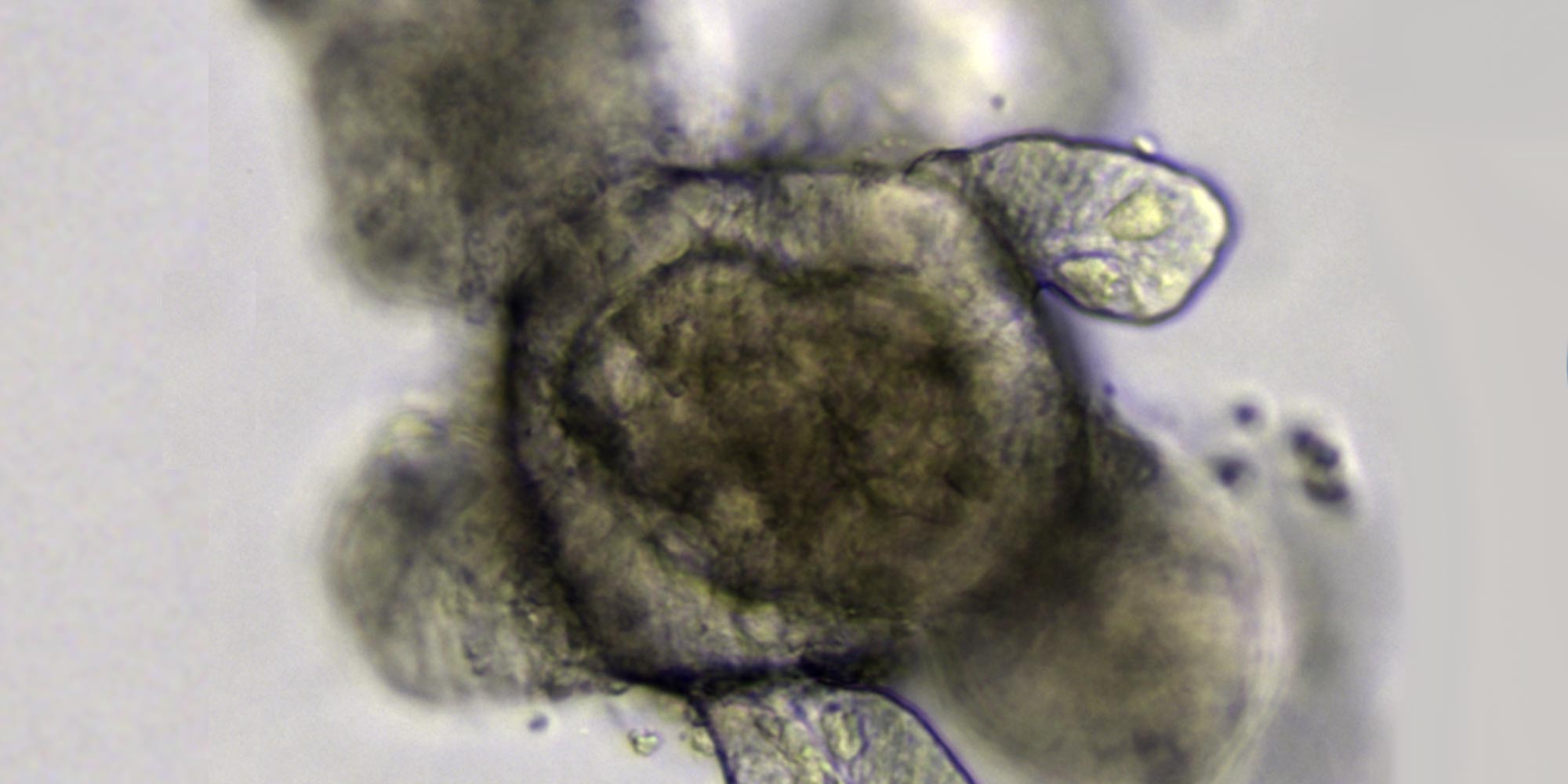The small, brain-like, self-organized structures made of human stem cells are similar to the embryonic human brain.
A human being is a highly complex organism with more than 87 billion individual cells and is therefore very difficult to completely comprehend and investigate. The organoids of the human brain – organ-like, artificially produced microstructures a few millimeters in size – developed by Madeline Lancaster and Jürgen Knoblich at the Institute of Molecular Biotechnology at the Austrian Academy of Sciences represent a true paradigm shift: the small, brain-like, self-organized structures made of human stem cells are similar to the embryonic human brain. This allows research to be done on molecular processes in living human brain structures. With this technology, researchers all over the world have gained substantial new insights into how the human brain is formed. It also offers new insights into the causes of epilepsy, autism, and microcephaly.
Credits: © IMBA – Institute of Molecular Biotechnology of the Austrian Academy of Sciences
